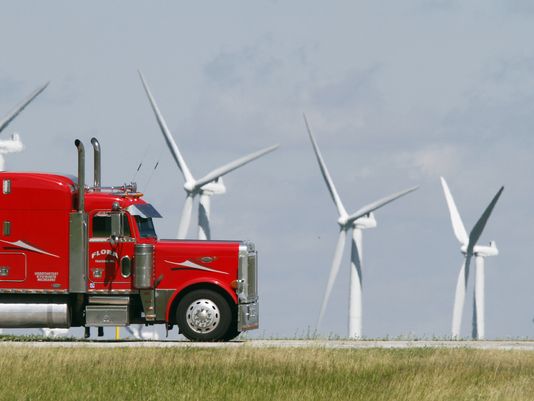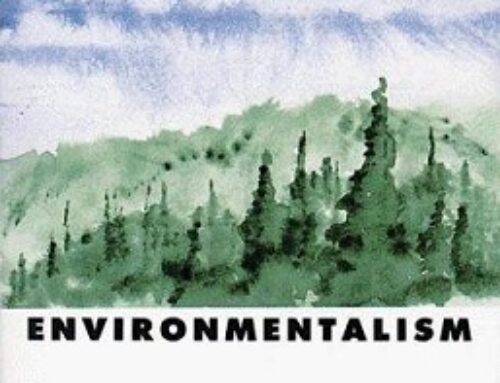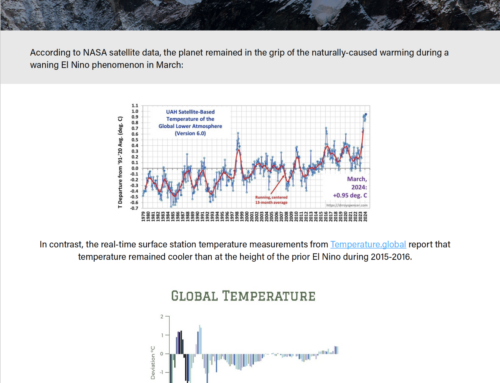by Jeff Swiatek
Indianapolis Star
Credit the ice ages for making Indiana a good place to turn wind into electricity. All that glacial action scoured flat the northern half of the state and sculpted the perfect terrain for wind turbines.
A few million years later, the Environmental Protection Agency is about to use regulatory fiat to make the state even more attractive to industrial windmills…
Still, pushback to wind persists at policymaking levels. And that opposition could harden as wind energy use spreads and utilities are forced to spend billions of dollars nationally building transmission lines to handle the increased flow of power from new wind farms, said Tom Tanton, director of science and technology assessment at the Energy & Environment Legal Institute in Washington, D.C. The group has done studies suggesting federal subsidies to wind energy don’t make economic sense.
Tanton said wind farm developers are able to push “hidden costs” of wind energy onto utilities and ratepayers. Those costs include gas turbine plants required to back up wind power and balance its fluctuating energy flows caused by intermittent wind, he said.
Existing backup power sources can handle the fluctuations of wind energy now, since it supplies only about 4.5 percent of U.S. electrical use, Tanton said. But if wind energy boosts its share of the market much beyond that, a fleet of costly new backup gas turbine plants that can turn on and off with short notice will be required, he said.






